
Norse Riding School
Norway’s Farstad Shipping builds a 56-projector offshore simulator centre in Perth.
Text:/ Andy Ciddor
Images:/ Courtesy FSOSC
Most of us think of simulators in terms of crashing an F/A-18 Hornet on to the rolling deck of the Nimitz for the 500th time, before finally turning off the computer, grabbing a beer and going into the lounge room to watch the Aussies bungle yet another one-day cricket game. However, in an expanding range of high-risk activities, simulators are replacing our long-tradition of on-the-job training and an encouraging pat on the shoulder accompanied by a cheerful, “Never mind, everybody stuffs it up the first few tries”. No longer is it acceptable to crumple a couple of utes on your first day in a Haulpak cab. There are big, dangerous pieces of machinery in our workplaces that are no longer entrusted to well-intentioned newcomers. Nowhere is this more important than in the offshore oil and gas industries, where the repercussions of a minor stuff-up can be both environmentally and financially cataclysmic.
The fleet of oil and gas platforms off the Australian coast require an armada of support vessels to keep them in production. The backbone of the support operations is two specialised types of vessels: Anchor Handling Tug Supply ships (AHTS) and Platform Supply Vessels (PSVs). AHTS are designed to provide anchor handling and towing services for semi-submersible platforms, platform jackets, barges and production modules. Some AHTS vessels are also equipped for fire fighting, rescue operations and oil recovery. PSVs are used to transport crews, supplies and equipment to and from offshore installations. PSVs mostly carry containers on their decks and a variety of both wet and dry materials in tanks below decks. They may also carry pipes for pipe-laying work.
JOSTLE FOR POSITIONING
Both AHTS and PSVs are required to carry out difficult tasks in variable weather conditions; often in very close proximity to both the platforms they service and other tender vessels. To achieve the necessary manoeuvrability and the ability to hold their position, these vessels use Dynamic Positioning (DP) – complex systems of fly-by-wire thruster propellers that have more in common with space-station docking systems than anything that put to sea before the turn of this century. Working the systems on these vessels is not something you pick up from sailing in twilight regattas or thrashing a jet-ski around on the bay, a problem that was acknowledged some years ago when the Australian Maritime College set up Australia’s first simulation centre on its Launceston campus for the specific task of training the maritime workforce for vessels with DP systems. The DP simulators at AMC in both Launceston and more recently Perth, are based around the DP systems developed by Kongsberg Maritime of Kongsberg, Norway.
Through its Melbourne and Singapore branches, Farstad Shipping, based in Aalesund, Norway, is a major provider of oil platform support vessels for rigs off Australia’s North West coast. At any one time approximately half Farstad’s fleet of 32 AHTS and 21 PSV ships are operating in these waters, involving some 700 crew members, half of whom are at sea, while the other half are on shore leave and available for training. To support its operations in the Australian area, Farstad engaged Norwegian group, Offshore Simulator Centre (OSC), to design and construct a simulator-based training facility in the Perth suburb of Bibra Lake.
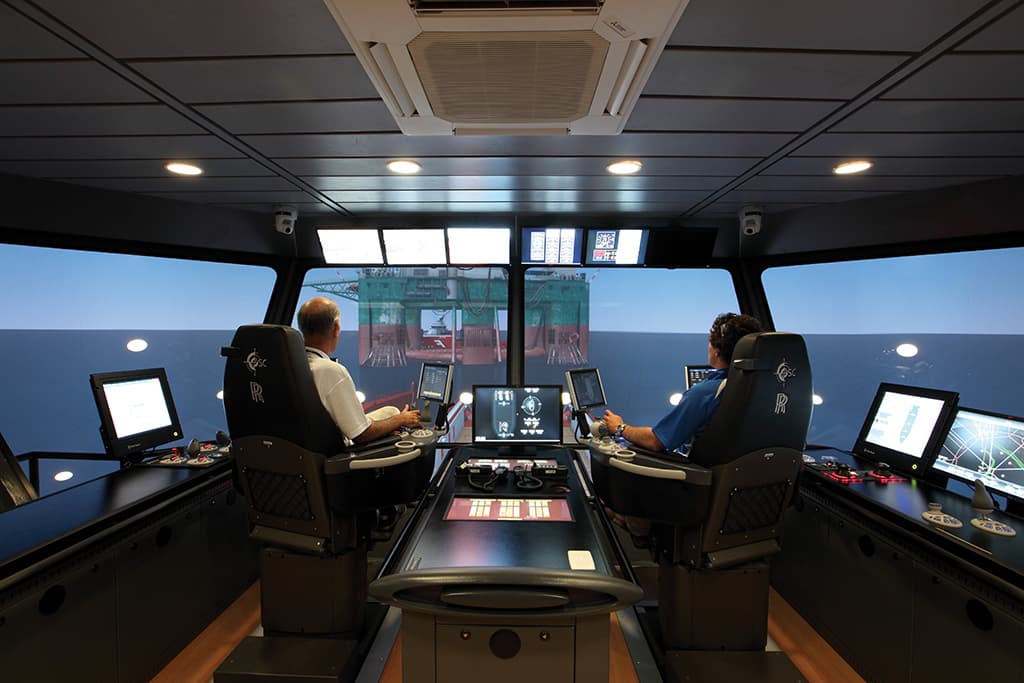
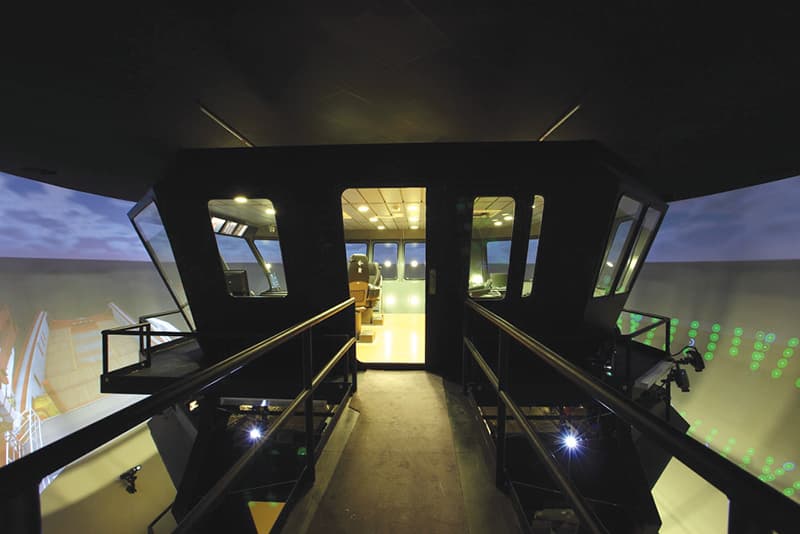
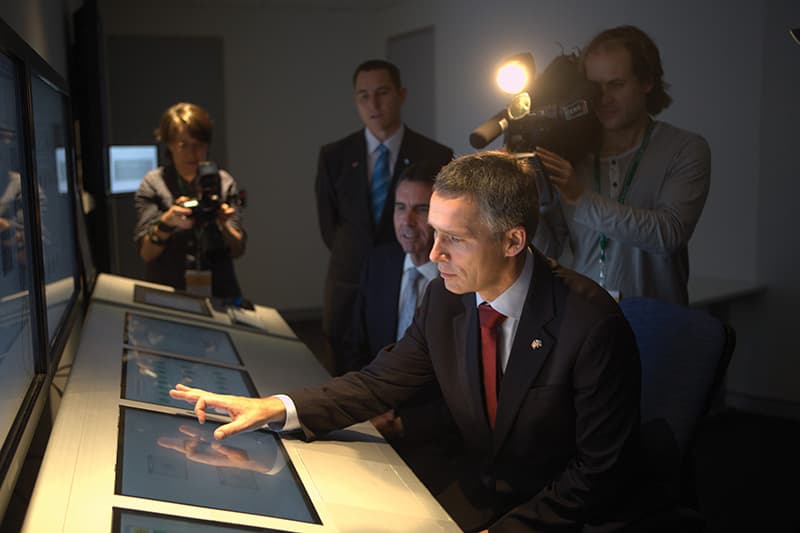
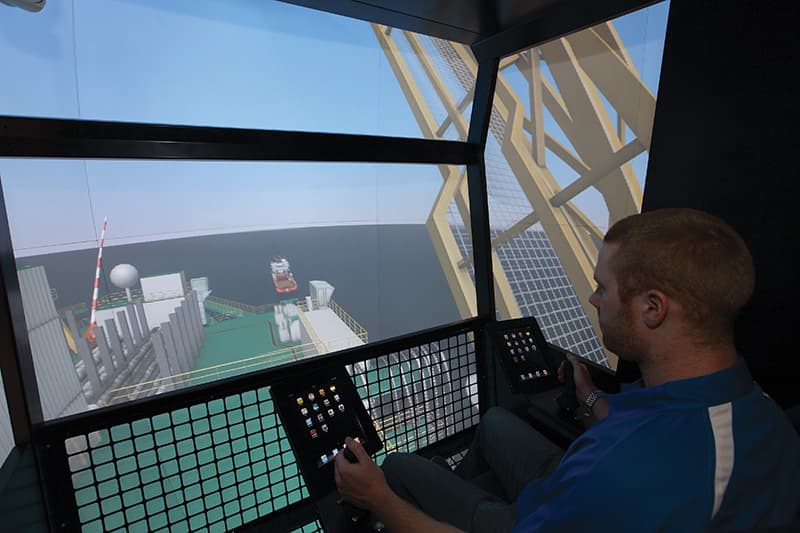
ROLLS ROYCE OF SIMULATORS
A joint venture between four Norwegian partners, Rolls-Royce Marine, Farstad Shipping, Aalesund University College and the Norwegian Marine Technology Research Institute (Marintek), OSC was founded in 2004 to develop the technology for offshore operations simulators. What its has developed is a series of highly-interactive and interconnected computer models of the ships, deck equipment, water conditions and weather for a range of offshore vessels, operating in any weather, in any ocean in the world. Unsurprisingly its simulators are built around the DP systems developed by Rolls-Royce Marine in Norway and used in Farstad ships. OSC’s first simulator centre was built in Aalesund, and it has already delivered complete training centres to customers in France and Singapore before being engaged to build what is now known as the Farstad Shipping Offshore Simulation Centre (FSOSC) in WA.
Hidden inside a rather unprepossessing industrial building in an area full of similarly-anonymous warehouses and factories, FSOSC has a range of simulators to train for all aspects of offshore platform support operations. There are two ship’s-bridge simulators, one stacked on top of the other. There also two deck-operations simulators, an engine room control console simulator, and separate simulators for operations on an oil rig deck, an oil rig crane and an oil rig anchor winch.
‘UNREAL’ SIMULATION
OSC simulators use IMAX-style hemispherical screens to provide a seamless projection surface that completely envelops the visual field of the trainee, so the most noticeable feature of the FOSC simulator is the two-storey (7.5m high and 15.7m in diameter) inverted aluminium hemisphere (like a very big pudding basin) that encloses the two stacked bridge simulators. Indeed the FSOSC logo is a CAD drawing of its pudding-basin screen. The main projection dome and the two 4.5m domed screens used in the oil rig crane and winch simulators were specified by OSC and supplied by US domed-screen specialist Spitz Inc, which originally developed its screens for low-budget planetariums.
OSC also specified the design for the double-decker bridge simulation platforms and had them constructed by marine engineers Taylor Brothers, which usually does work on Farstad ships and Antarctic supply vessels from its premises on the banks of the Derwent in Hobart. OSC also supplied a Norwegian team to install and commission the simulation hardware and software systems.
Farstad Australia engaged Davro Corporation of Perth to install the bridge structure, the screens and a mezzanine level in the warehouse, fit out the building interior and coordinate with the local contractors for the installation of the simulation hardware and electronics. Davro in turn engaged Perth AV company Dynamic Audio Visual Solutions to design, supply and install the CCTV monitoring, AV and conferencing systems for the classrooms, conference rooms and breakout areas.
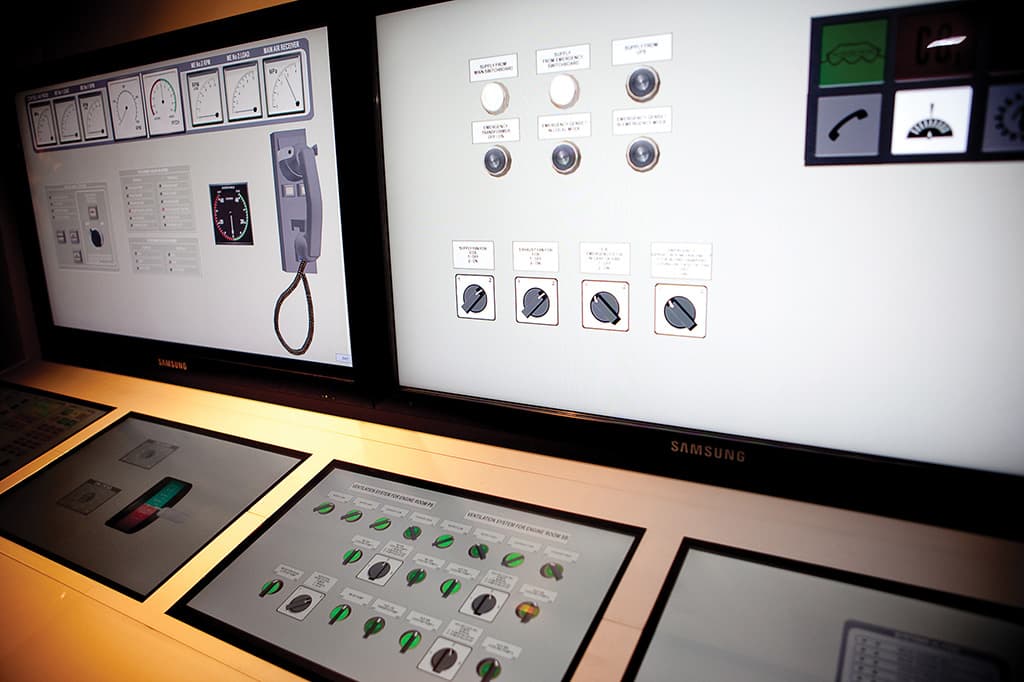
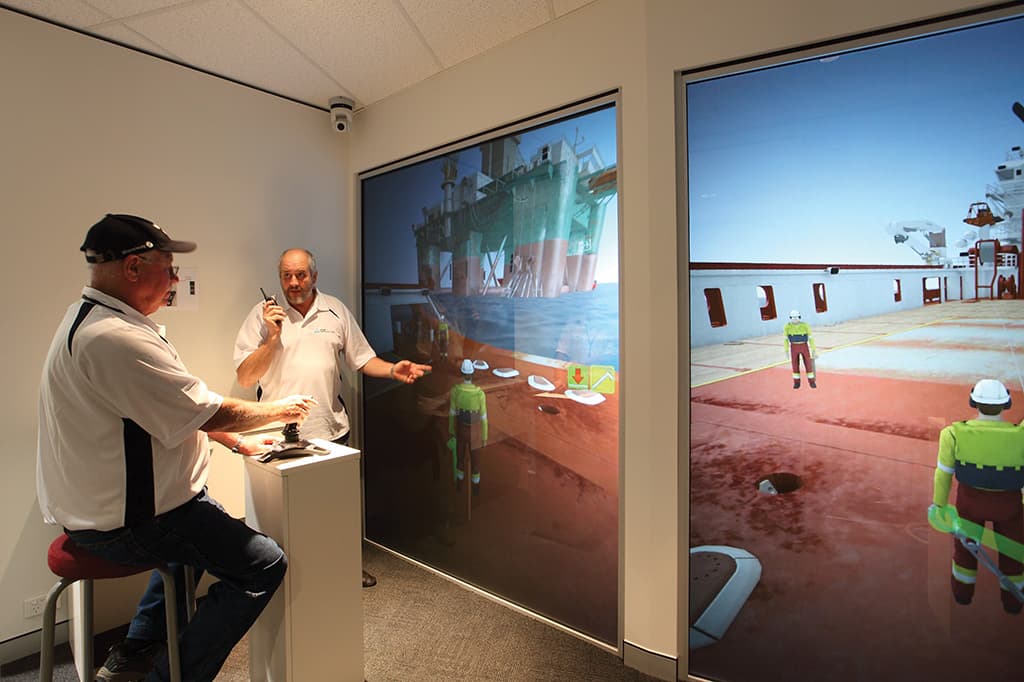
SUPER DOME
The main dome housing the two bridge simulators uses an impressive 38 of Norwegian manufacturer projectiondesign’s 3000+ ANSI lumen, F22 single-chip DLP projectors to provide seamless coverage from horizon to horizon. A further six F22s are used on each of the 4.5m domes for the oil rig crane and oil rig winch simulators. The choice of pairs of projectiondesign’s 120Hz F10 AS3D projectors for the three deck-operations simulators provides the option of 3D simulations through these stations.
Every one of these 56 projectors is directly connected via DVI over fibre to its own Dell PC (I suppose that means that they couldn’t find a Norwegian computer manufacturer). However, these form the minority of the 140 Dell systems involved in the massively computer-intensive process of simulating weather, seas, ship motions, equipment movements, user interactions and image generation. The software for these machines was developed, and is constantly updated by, the OSC team in Norway. A dedicated symmetrical 10Mbps link between FSOC and OSC allows for constant performance monitoring and very fast responses to requests for modifications.
Each of the simulation areas is covered by PTZ closed-circuit cameras, which together with the sound from the Sabine wireless microphones worn by participants and trainers, can be routed to any of the teaching spaces. Crew members not involved in a particular simulation session can monitor the progress of the current exercise for post-session discussions and de-briefings.
The six teaching and briefing spaces are each equipped with a pair of Hitachi CP-A220N short-throw LCD projectors and a Hitachi Trio FX77 Starboard. Image switching to the displays is handled through an AMX Solecis presentation switcher while all systems, including the Dynalite lighting were interfaced through a Netlinx NI-900 integrated controller, all controlled through either tabletop or wall-mounted 7-inch Modero touch panels. One of the two boardroom-style spaces is equipped with a Polycom HDX 7000 videoconferencing system displayed on a 65-inch Samsung panel. Two other meeting rooms have Alcatel-Lucent teleconferencing facilities.
ALL SYSTEMS GO
With more Norwegians involved in this venture than you could shake a Viking battle axe at, it was inevitable the Norwegian Prime Minister, Mr Jens Stoltenberg should make the pilgrimage to sunny Bibra Lake on December 9th last year to push the FSOSC ‘Go’ button and get his head on Perth TV, where the story appeared just ahead of news of yet another lack-lustre performance by Australia in the second test against New Zealand at Bellerive (all out for 136 against NZ is hardly our finest hour). Oh well, it’s back to the flight simulator.
CONTACTS
FSOSC: www.farstadsimulation.com
Farstad Shipping: www.farstad.com
OSC: www.offsim.no
Projectiondesign: www.projectiondesign.com
Davro Corporation: www.davrointeriors.com.au
Dynamic Audio Visual Solutions: www.davs.com.au


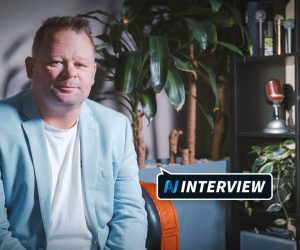
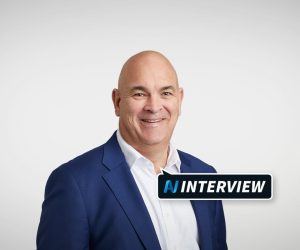
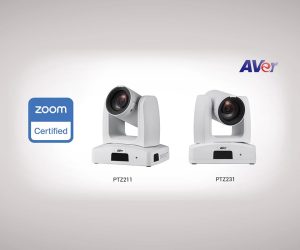
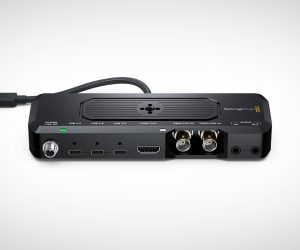
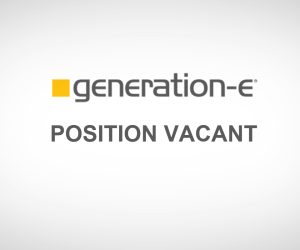
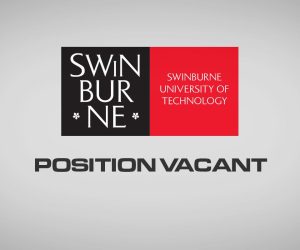








RESPONSES